Two quantum information theorists at the University of Sydney Nano Institute have solved a decades-old problem that will require fewer qubits to suppress more errors in quantum hardware.
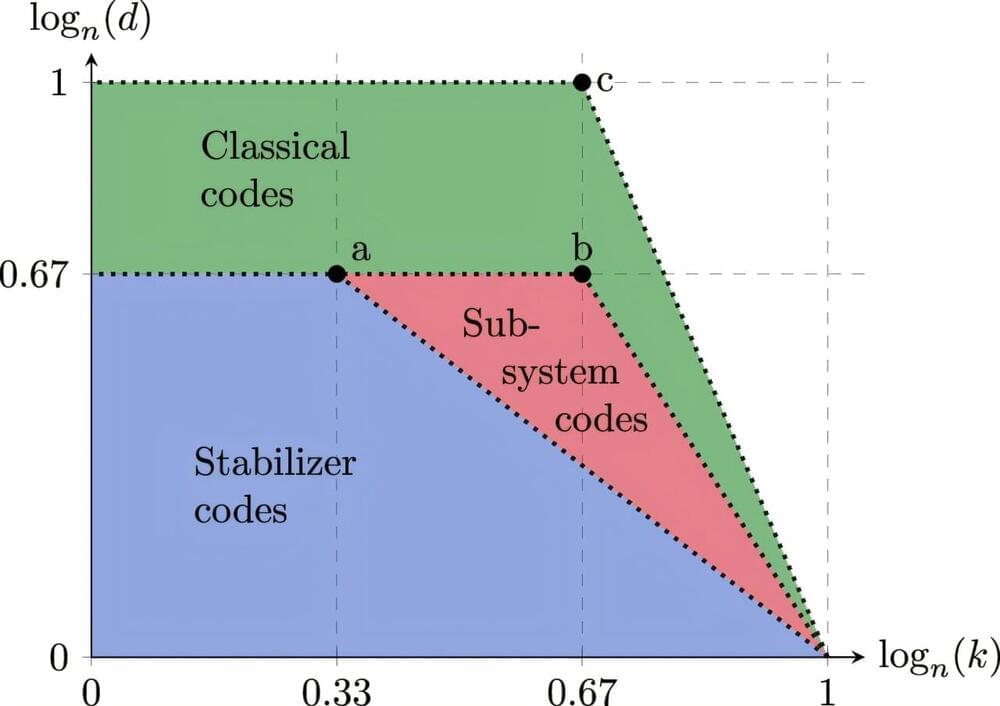


Polyethylene (PE) is one of the most widely used and versatile plastic materials globally, prized for its cost-effectiveness, lightweight properties and ease of formability. These characteristics make PE indispensable across a broad spectrum of applications, from packaging materials to structural plastics.

A new technique enables data storage in synthetic polymers, allowing direct bit access without full sequence decoding, significantly increasing storage density and stability, demonstrated by encoding a university address in ASCII within a polymer.
The need for data storage is growing, with many types of data requiring long-term preservation. Synthetic polymers present an efficient alternative to traditional storage media, as they can store information using less space and energy. However, conventional retrieval methods, like mass spectrometry, limit the length—and therefore the storage capacity—of individual polymer chains. Now, as reported in Angewandte Chemie, researchers have developed a new approach that overcomes this limitation, enabling direct access to specific data bits without having to read the entire chain.
Advantages of polymer storage over DNA.
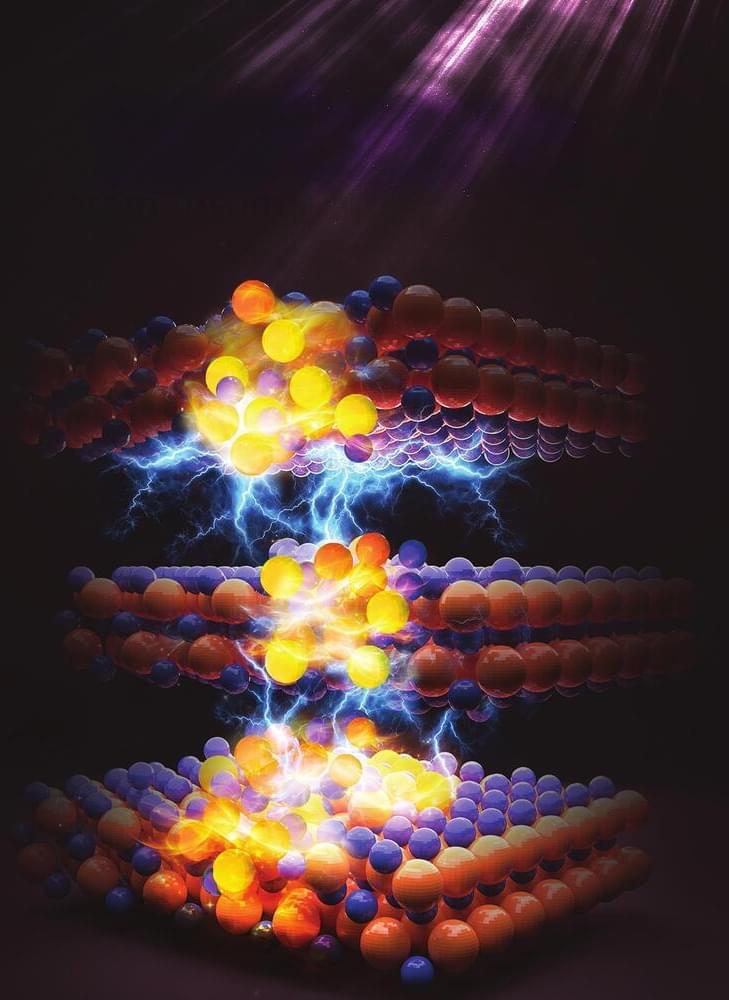
A breakthrough discovery in indium selenide could revolutionize memory storage technology by enabling crystalline-to-glass transitions with minimal energy.
Researchers found that this transformation can occur through mechanical shocks induced by continuous electric current, bypassing the energy-intensive melting and quenching process. This new approach reduces energy consumption by a billion times, potentially enabling more efficient data storage devices.
Revolutionary discovery in memory storage materials.

The SPINNING project, under the leadership of the Fraunhofer Institute, is pioneering a quantum computer using diamond-based spin photons, promising lower cooling requirements, longer operating times, and lower error rates compared to conventional quantum systems.
This innovative approach leverages the unique properties of diamonds to create stable qubits, aiming for high scalability and fidelity in quantum computing. Recent achievements include the successful demonstration of qubit entanglement over long distances, significantly outperforming traditional quantum computers in error rate and coherence time.
The SPINNING project: innovating with diamond-based technology.
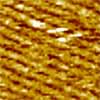
After thousands of years as a highly valuable commodity, silk continues to surprise. Now it may help usher in a whole new direction for microelectronics and computing.
While silk protein has been deployed in designer electronics, its use is currently limited in part because silk fibers are a messy tangle of spaghetti-like strands.
Now, a research team led by scientists at the Department of Energy’s Pacific Northwest National Laboratory has tamed the tangle. They report in the journal Science Advances (“Two-dimensional silk”) that they have achieved a uniform two-dimensional (2D) layer of silk protein fragments, or “fibroins,” on graphene, a carbon-based material useful for its excellent electrical conductivity.
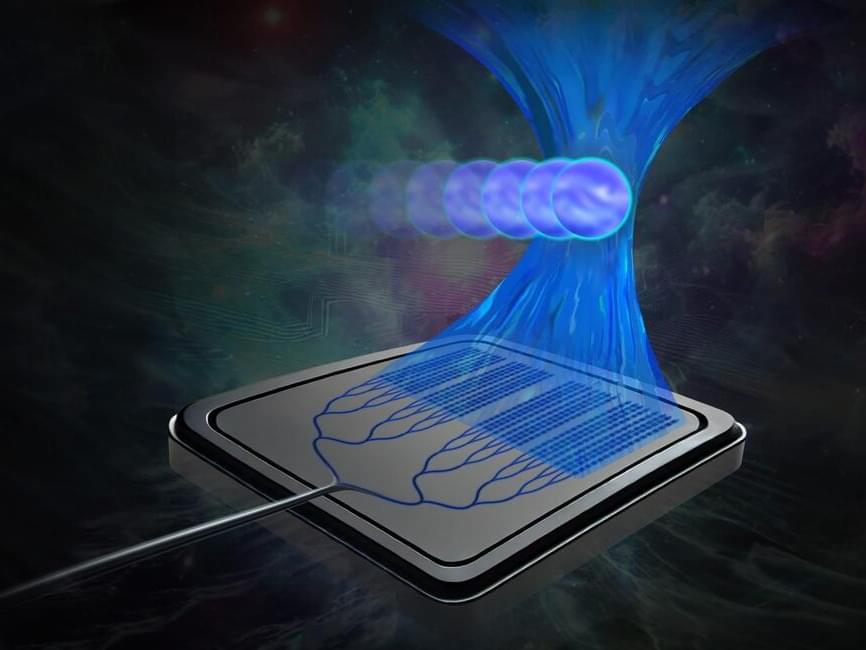
MIT researchers have developed a miniature, chip-based “tractor beam,” like the one that captures the Millennium Falcon in the film “Star Wars,” that could someday help biologists and clinicians study DNA, classify cells, and investigate the mechanisms of disease.
Small enough to fit in the palm of your hand, the device uses a beam of light emitted by a silicon-photonics chip to manipulate particles millimeters away from the chip surface. The light can penetrate the glass cover slips that protect samples used in biological experiments, enabling cells to remain in a sterile environment.
Traditional optical tweezers, which trap and manipulate particles using light, usually require bulky microscope setups, but chip-based optical tweezers could offer a more compact, mass-manufacturable, broadly accessible, and high-throughput solution for optical manipulation in biological experiments.
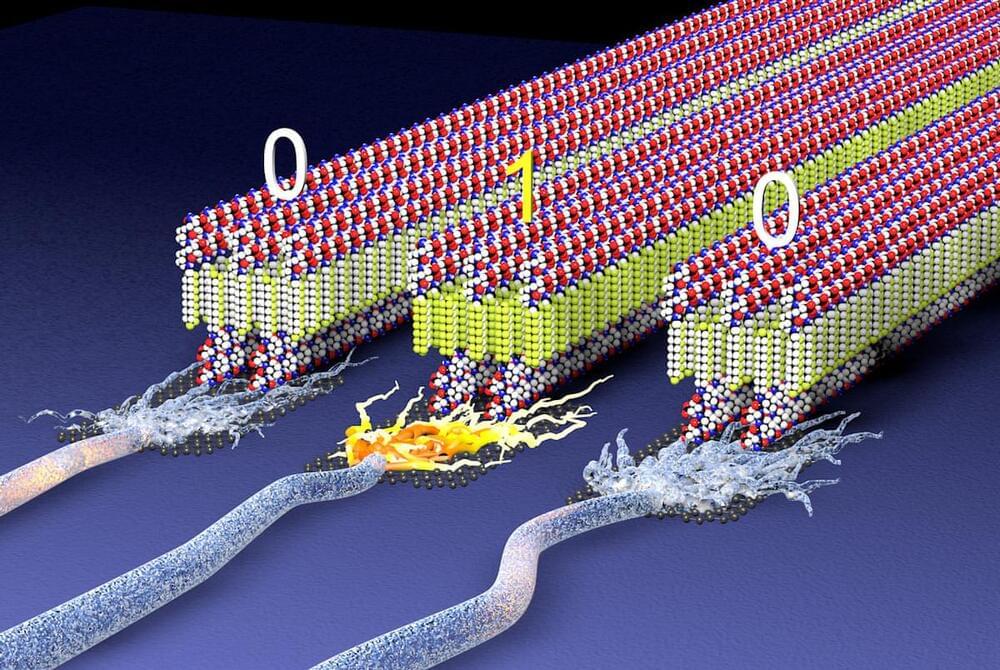
Step aside, hard and rigid materials — a new soft, sustainable electroactive material is here, ready to unlock new possibilities for medical devices, wearable technology, and human-computer interfaces.
Using peptides and a snippet of the large molecules in plastics, Northwestern University materials scientists have developed materials made of tiny, flexible nano-sized ribbons that can be charged just like a battery to store energy or record digital information. Highly energy efficient, biocompatible, and made from sustainable materials, the systems could give rise to new types of ultralight electronic devices while reducing the environmental impact of electronic manufacturing and disposal.
The study was recently published in the journal Nature.
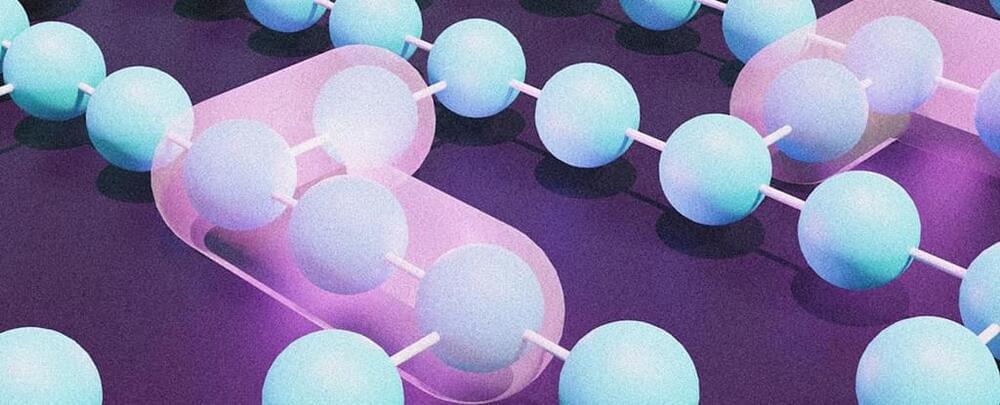
Earlier this year, experiments shattered expectations by pushing the limits of what classical computing was believed to be capable of. Not only did the old fashioned binary technology crack a problem considered to be unique to quantum processing, it outperformed it.
Now physicists from the Flatiron Institute’s Center for Computational Quantum Physics in the US have an explanation for the feat which could help better define the boundaries between the two radically different methods of number-crunching.
The problem involves simulating the dynamics of what’s known as a transverse field Ising (TFI) model, which describes the alignment of quantum spin states between particles spread across a space.

However, for the first time, two dark matter experiments have detected a neutrino fog, a dense cloud of neutrinos. This discovery is reported by researchers from XENON and PandaX — two scientific experiments that aim to detect dark matter, operating independently in Italy and China respectively.
“This is the first measurement of astrophysical neutrinos with a dark matter experiment,” Fei Gao, a scientist involved in the Xenon experiment, said.
Neutrinos are typically detected through coherent elastic neutrino-nucleus scattering (CEvNS), a process in which neutrinos interact with the entire nucleus rather than just a proton or electron.